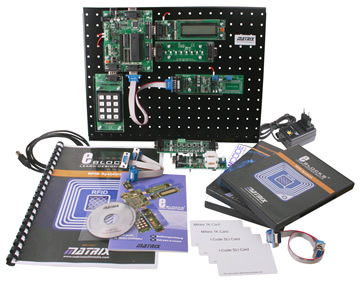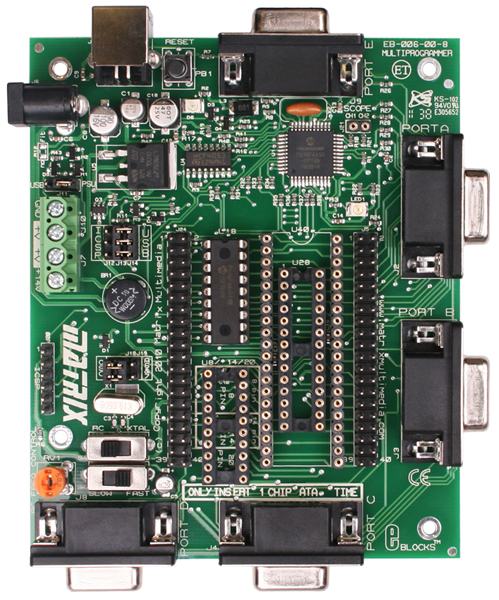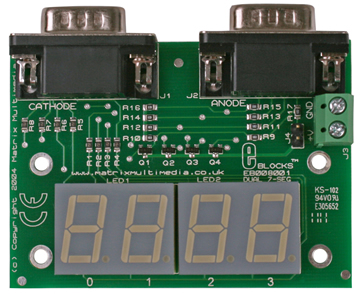E-blocks are a new concept in teaching electronics that allow electronic systems to be assembled from component parts. E-blocks offer a number of advantages in teaching electronic systems:
-
They promote a systems approach to teaching microprocessor engineering
-
They provide ultra-low cost USB microcontroller development boards so that one student can develop code for several interconnecting processors
-
They allow students to explore distributed intelligence and issues of connectivity
-
They allow exploration of systems at different academic levels
-
They can save a department hundreds of pounds in project expenses each year
-
They can save students hours of work in projects
Each E-block performs a separate function as either an input sub-system, an output subsystem or a processing subsystem. E-blocks are connected together using 8 wire buses on 9 way D-type plugs and sockets. E-blocks can be connected by simply pushing them together or by using 9 way IDC ribbon connectors. A separate power line must be wired to all E-blocks that need power. E-blocks can be mounted onto a robust metal backplane that allows systems made from multiple E-blocks to be carried and stored conveniently.

RFID E-block Solution

EB006 PIC Multi-Programmer E-block

Seven segment display E-block